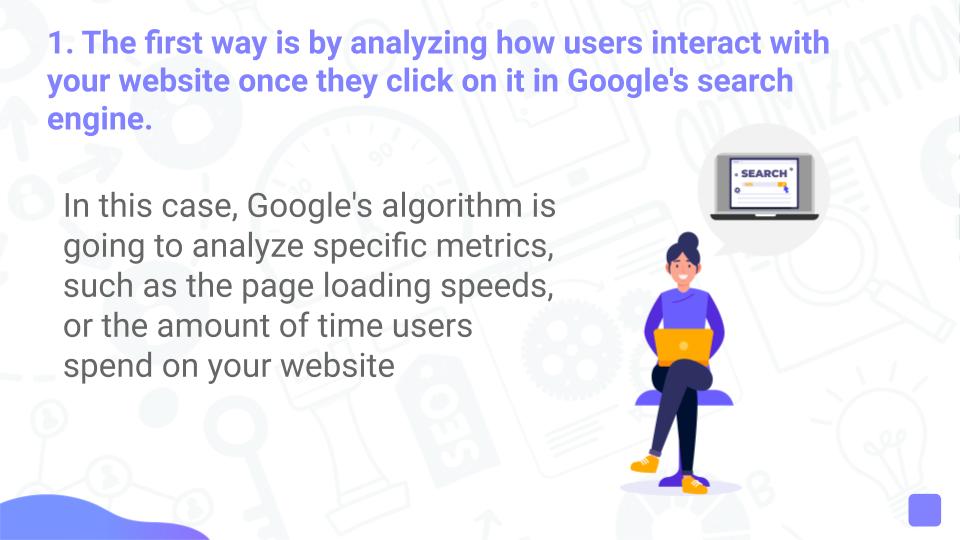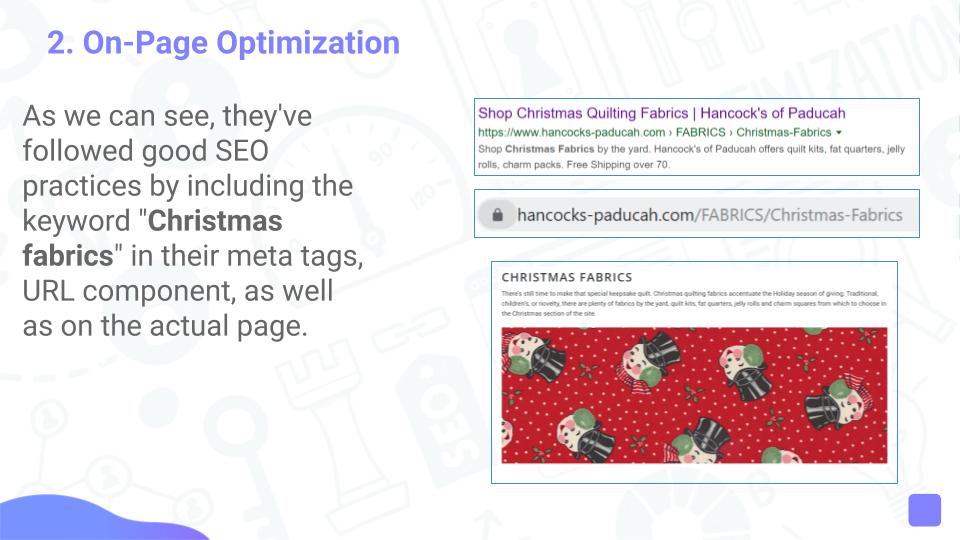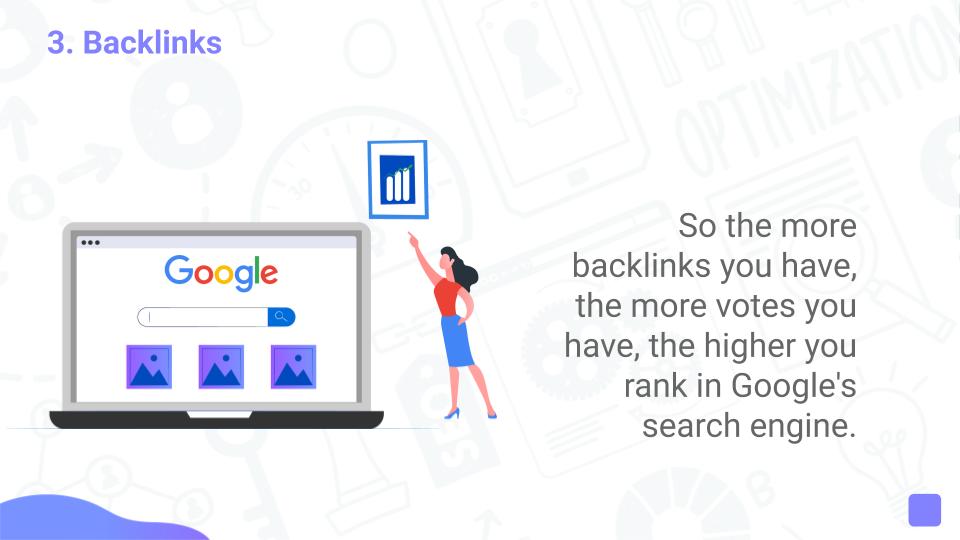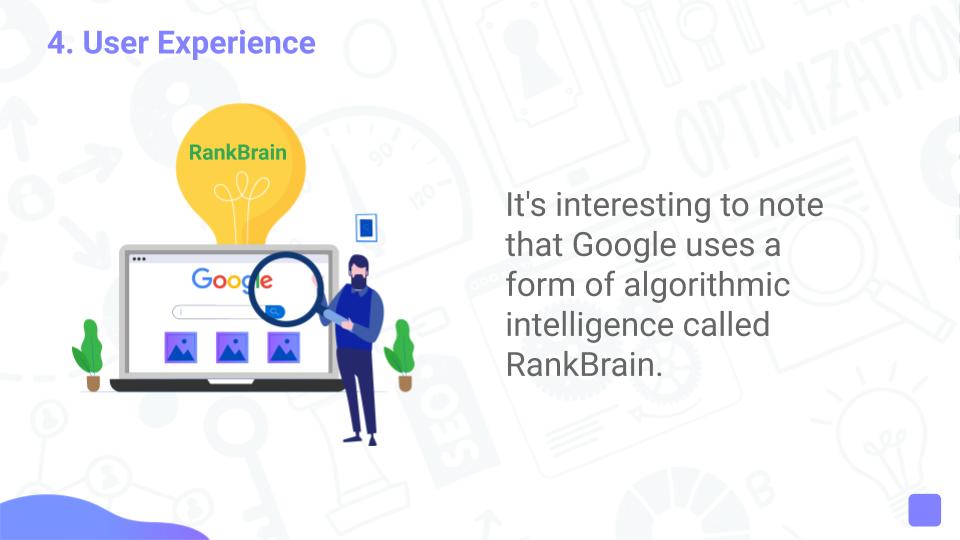As of today, the world’s population has reached about 7.7 billion. And every single day, Google processes about 3.5 billion searches. This number is growing by roughly 10% each year.

Search engine usage is therefore essential for us as users, searchers, and consumers. It is also essential for eCommerce companies looking to reach their audience and increase their brand’s visibility.
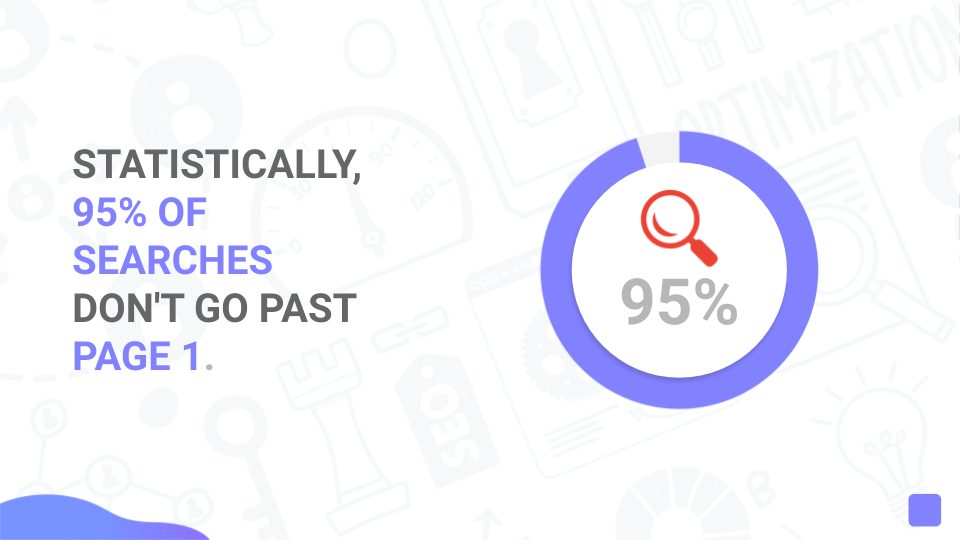
There’s a famous quote in the Search Engine Marketing Industry that goes: “The best place to hide a dead body is on page 2 of Google.”
This piece of fairly dark humor is, in a way, accurate.
I mean, how many of us scroll past page one? Statistically, 95% of searches do not go past page one.
So if an eCommerce company really wants to increase its revenue and become an industry-leading brand, it will need to appear on page 1 at some point. But how?
First, the basics
SEO stands for Search Engine Optimization. It’s a way of helping a website appear on page 1 on Google without paying for ads.
Until the early 2010’s, you could easily push any website to page 1 of Google if you knew your way around SEO.
But it also meant it was simple for another website to come and take your place at any given moment.
It was a chaotic period in the SEO industry because companies were constantly jumping on and off of page one. From a customer perspective, it wasn’t an obvious situation either, due to the constant shuffling of websites on page 1.
Fortunately, innovations in Google’s search engine algorithm have ended this. In the past years, Google has made many algorithmic updates to make sure not just any website can be on page one.
SEO for eCommerce
Today, once a website is in the top results on page 1, it becomes fairly difficult to just come and take its place. And that is why SEO is so popular today.
Companies know that once they are positioned on page one, there’s a fair chance they’ll be there for many months and years.
So let’s go through the 4 main points that influence the SEO performance of an eCommerce store.1. Keyword Strategy
Keywords –another name for “search terms” or “search queries”– are what we type in Google when we search for something.
As an eCommerce store, it is necessary to identify:
- The keywords used by your customers
- The keywords that will drive in the highest number of potential customers.
Keyword volume & search intent are therefore essential. You always want to target the most prominent keywords, while also thinking of your ideal audience.
For instance, let’s imagine you’re selling a liquid product that is very efficient for cleaning carpets.
Would it be better to target users who search for “carpet cleaner” or “carpet shampoo”?
If you’re a service company that goes from place to place to clean carpets, the ideal keyword would be “carpet cleaner.” It refers to someone who cleans carpets.
But what if you’re an eCommerce store selling a liquid formula that cleans carpets–or helps to clean them? The better choice here will be “carpet shampoo.” It refers to a product, and not a person, a company, or a service.
You’ll have a higher probability of generating transactions and revenue from this keyword.
So a well-managed keyword strategy is the first element that will influence the SEO performance of an eCommerce store.
2. On-Page Optimization
Once you define your keyword strategy and selection, use your keywords on the pages you want to promote.
To illustrate how to do this, let’s take the example of a store selling “decorations”. One of the product types they sell are “Christmas lights.”
As a good SEO practice, they’ll want to include the keyword “Christmas lights” in their meta tags, URL slug, as well as on the actual page, in the header tag for instance.
By doing so, they’ll not only:
- Make the page relevant for a potential customer looking for Christmas lights,
- They will also help search engines understand the content & intent of the page.
As a result, they’ll have a higher chance of increasing their visibility in the search engines for the keyword “Christmas lights”.
3. Backlinks
The third element that influences SEO performance is backlinks. A backlink is a link from another website to your website.
The more quality backlinks you have, the better your SEO performance will be. Good quality backlinks count as votes.
So the more backlinks you have, the more votes you have, the higher you rank in the search engines.
4. User Experience
Last but not least, the fourth key element that influences SEO performance is User Experience.
Google’s search engine algorithm analyzes how users interact with your website once they click on it in the search engine.
The algorithm analyzes specific metrics. For example, page loading speeds, the time users spend on your website, the number of pages they visit, and so on. You can view these metrics in your Google Analytics dashboard. Google then compares these metrics to the websites you’re competing with, in order to determine if your metrics are inferior or superior to your competitors.
The websites that perform the best, and offer the better UX, will generally do better in the search engines. In other words, there’s a clear correlation between good user experience, and good SEO performance.
In addition to analyzing these UX metrics, Google regularly sends search engine robots to navigate through your website. This then enables Google to determine whether your site can indeed offer a positive experience to human users.
If these robots encounter numerous issues such as page errors, broken links, slow loading pages, very thin pages (practically empty) or duplicate pages, there’s a fair chance your SEO performance will suffer.
It’s therefore important to recognize the importance of an optimal User Experience. After all, UX influences all marketing channels, including SEO.
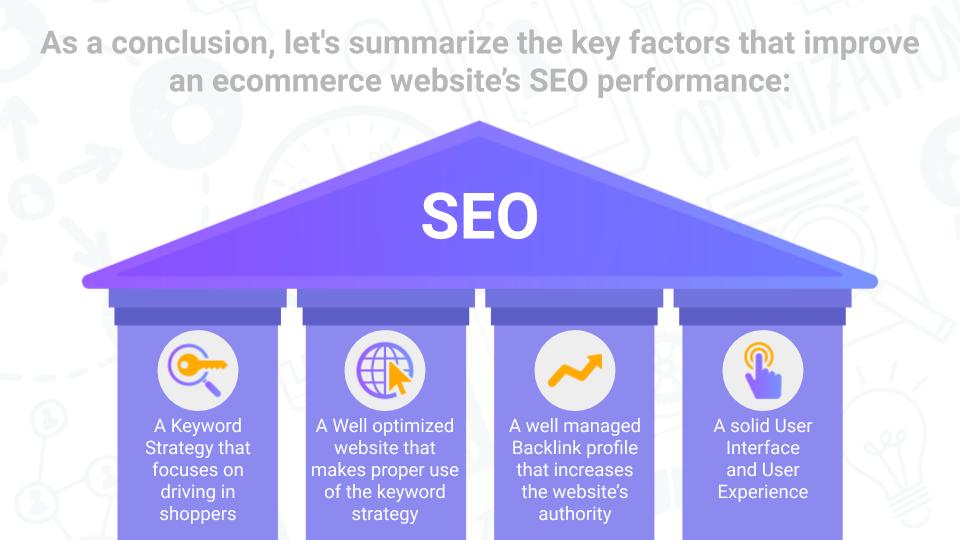
This explains why large-scale eCommerce companies, like many of our clients, trust us with their site’s UI and UX optimization.
If you need to improve your strategies in SEO for eCommerce, contact us today!



